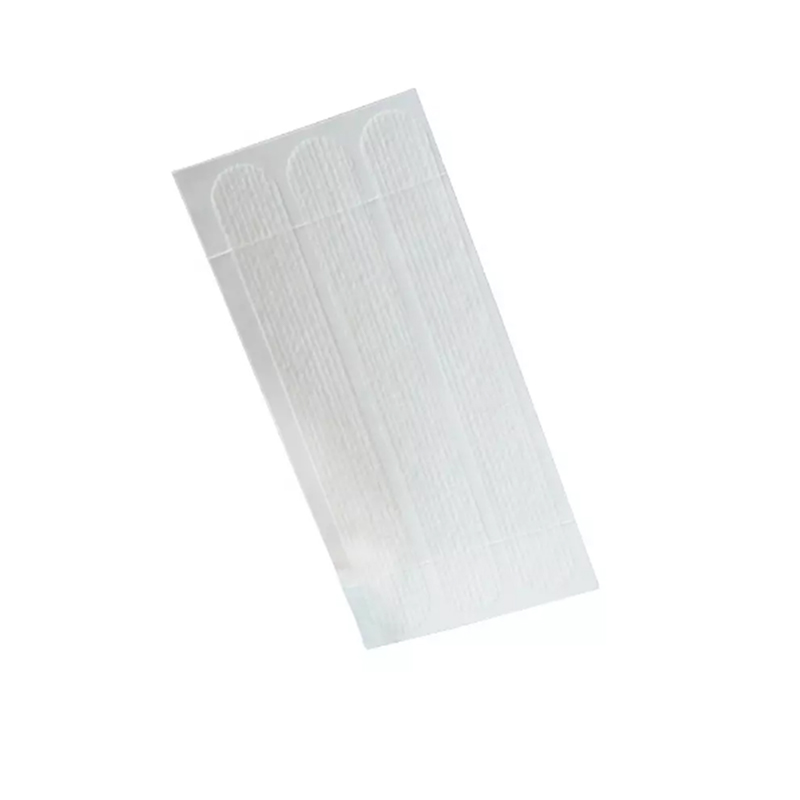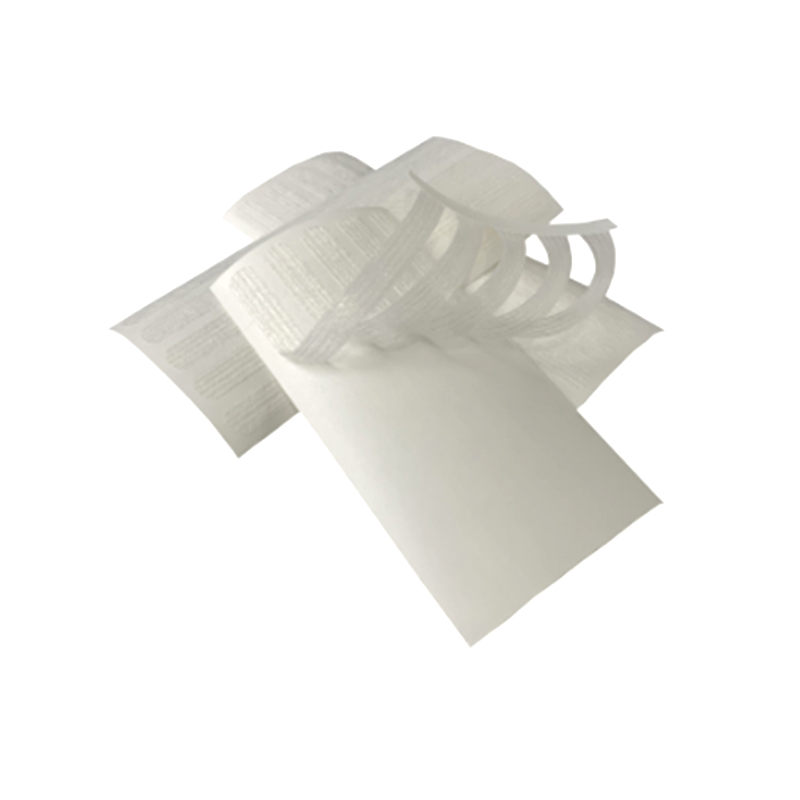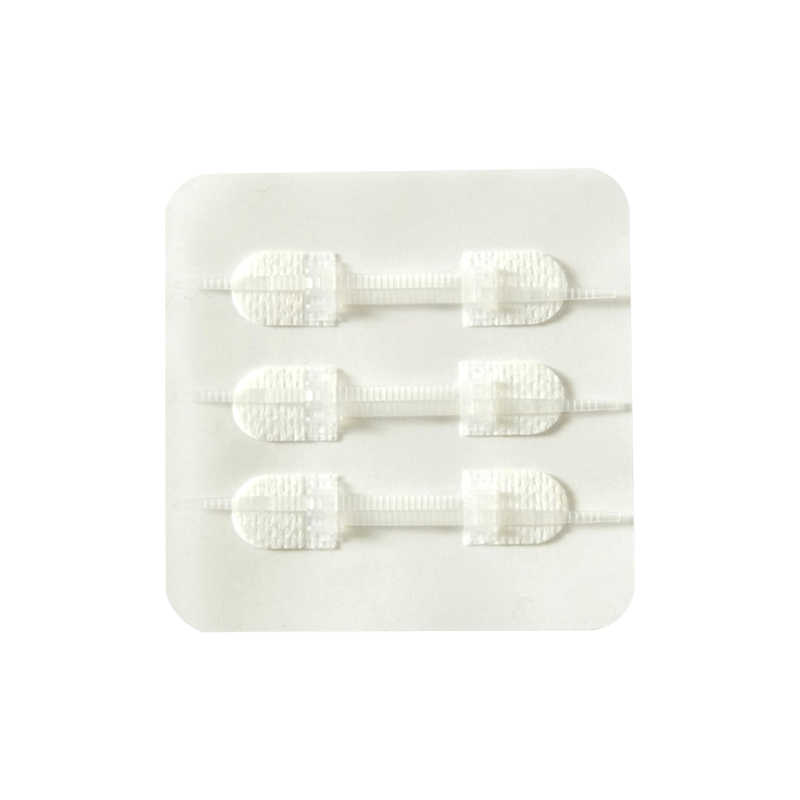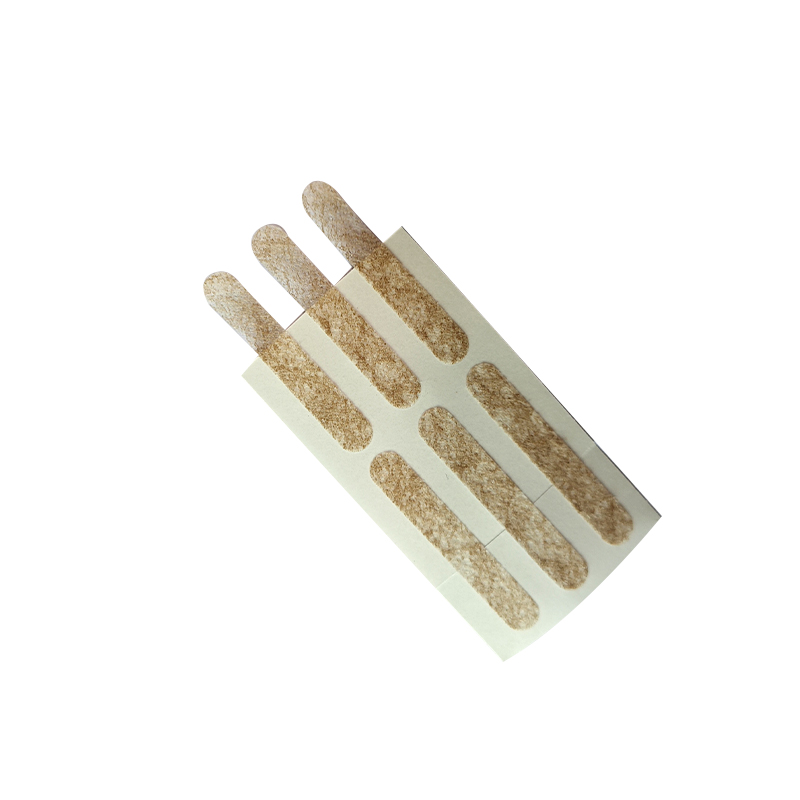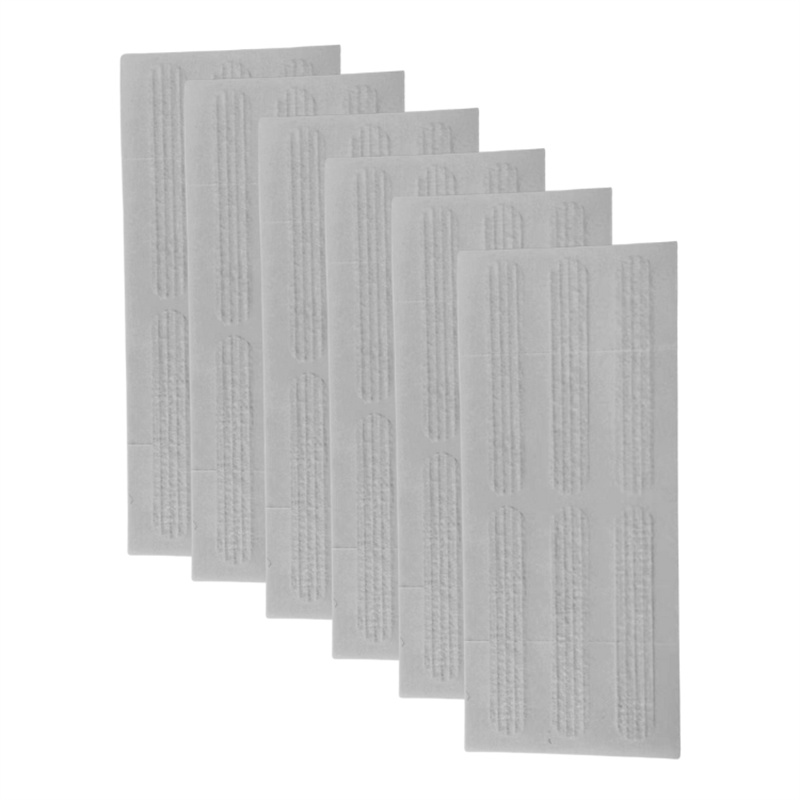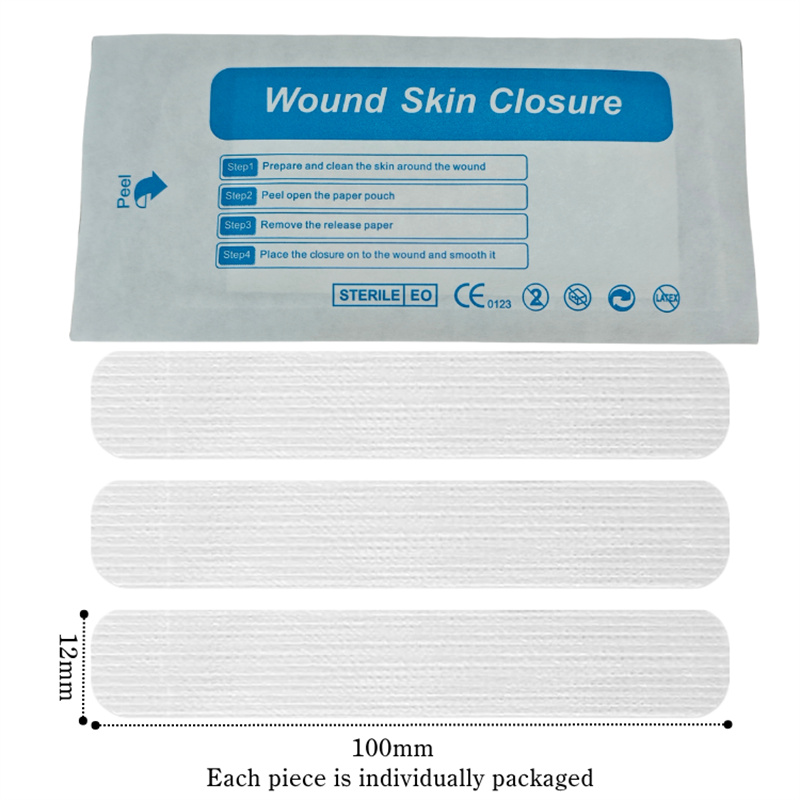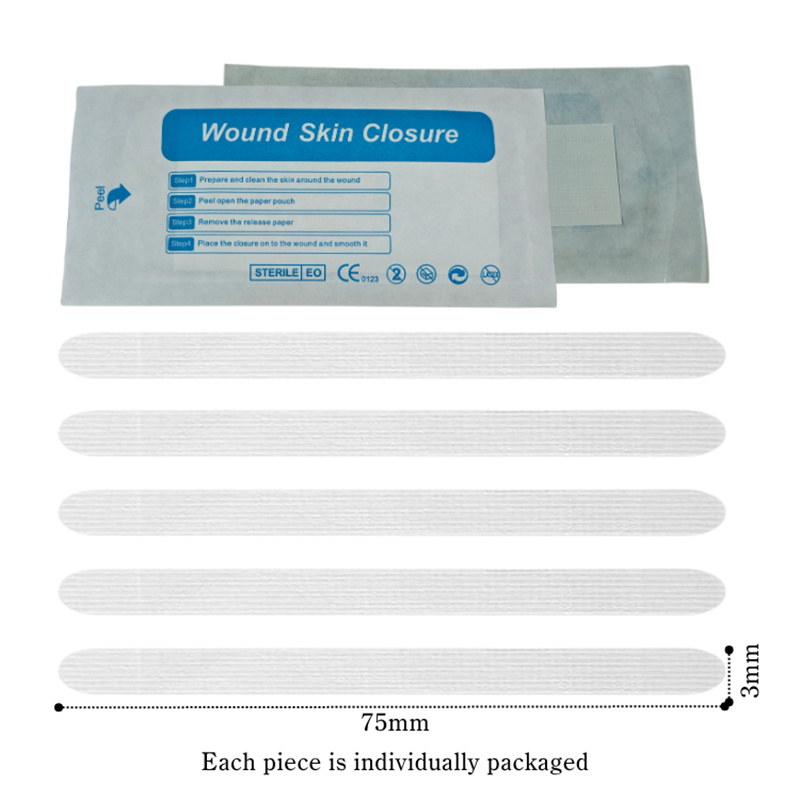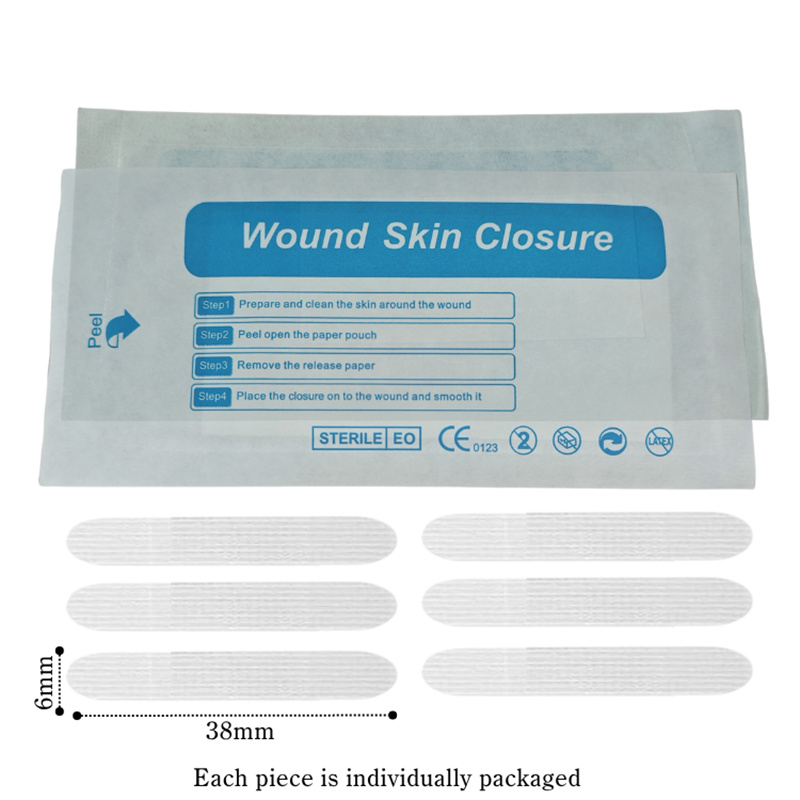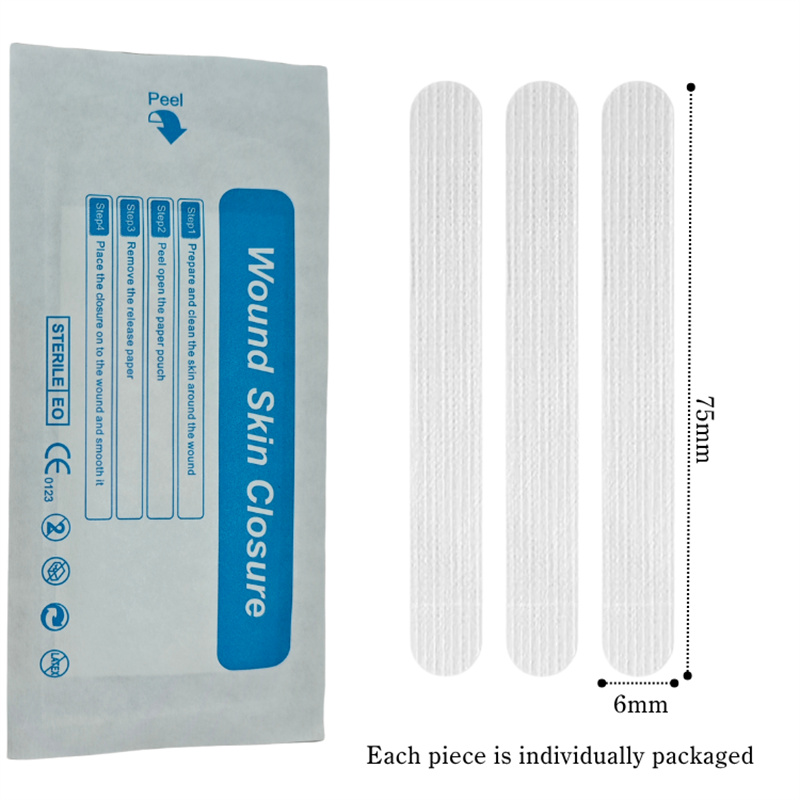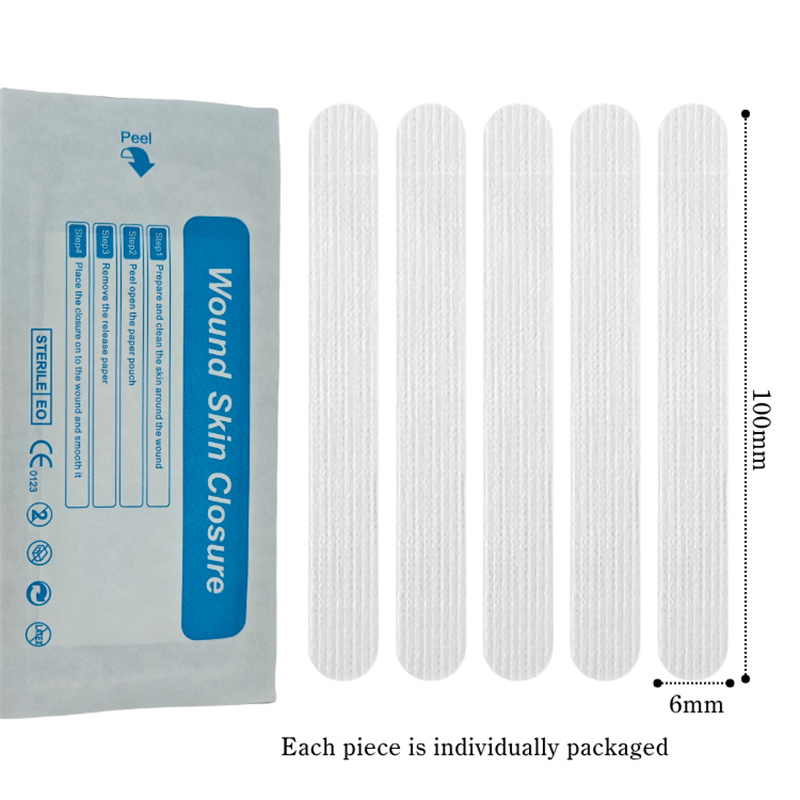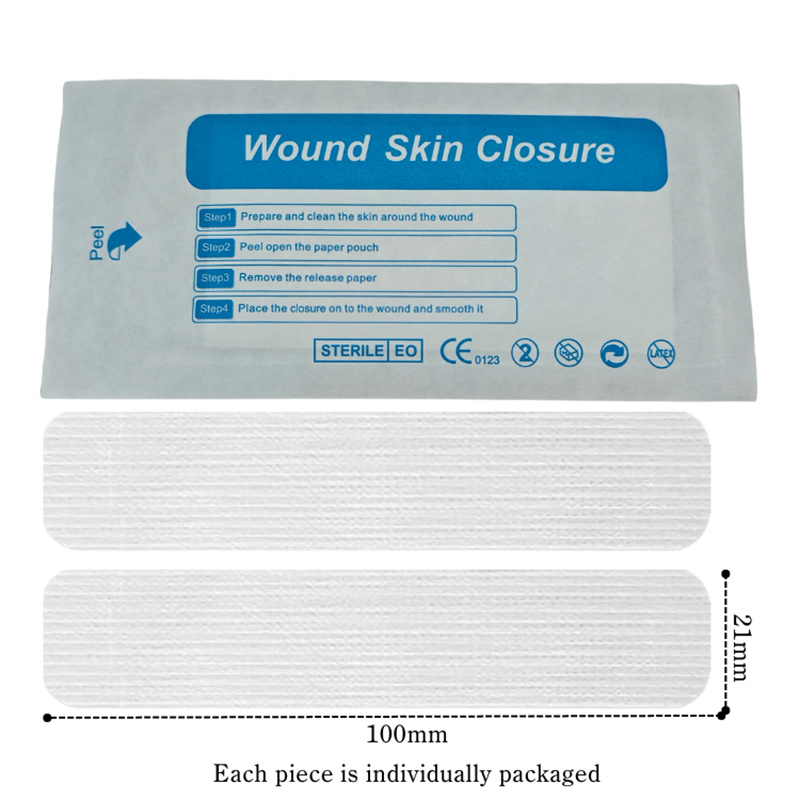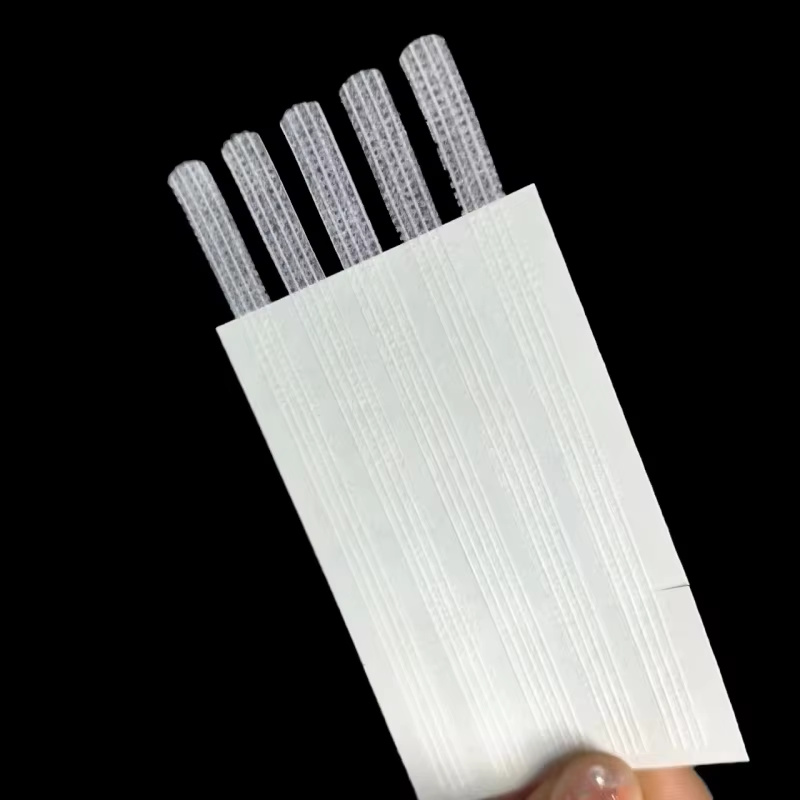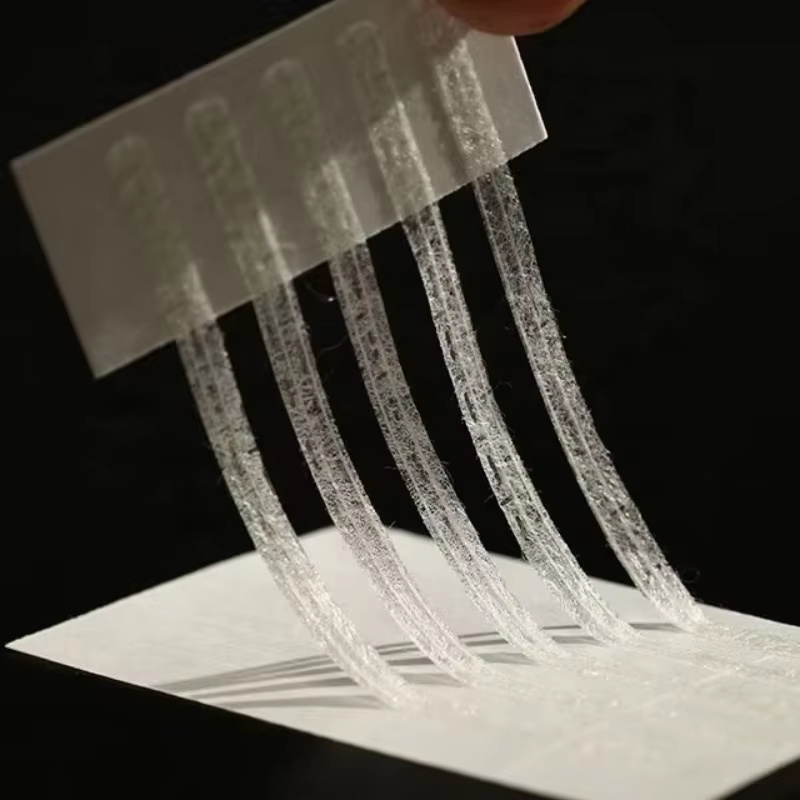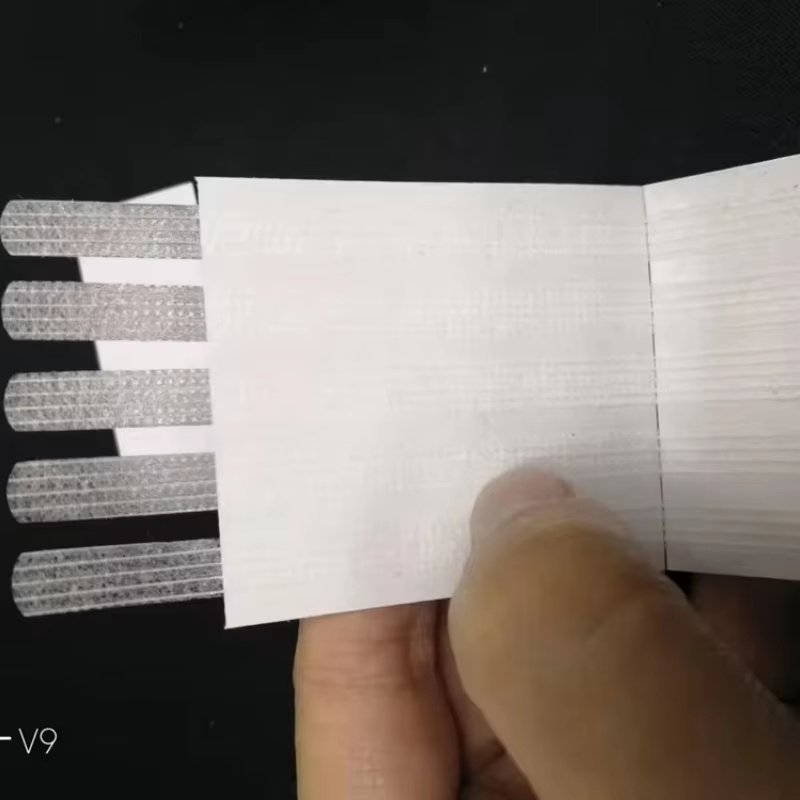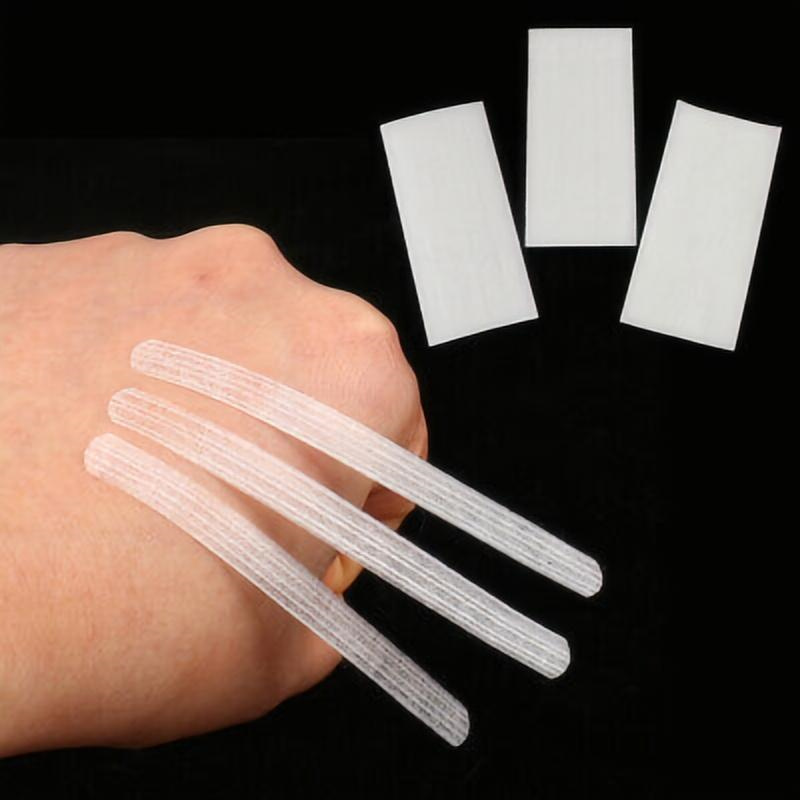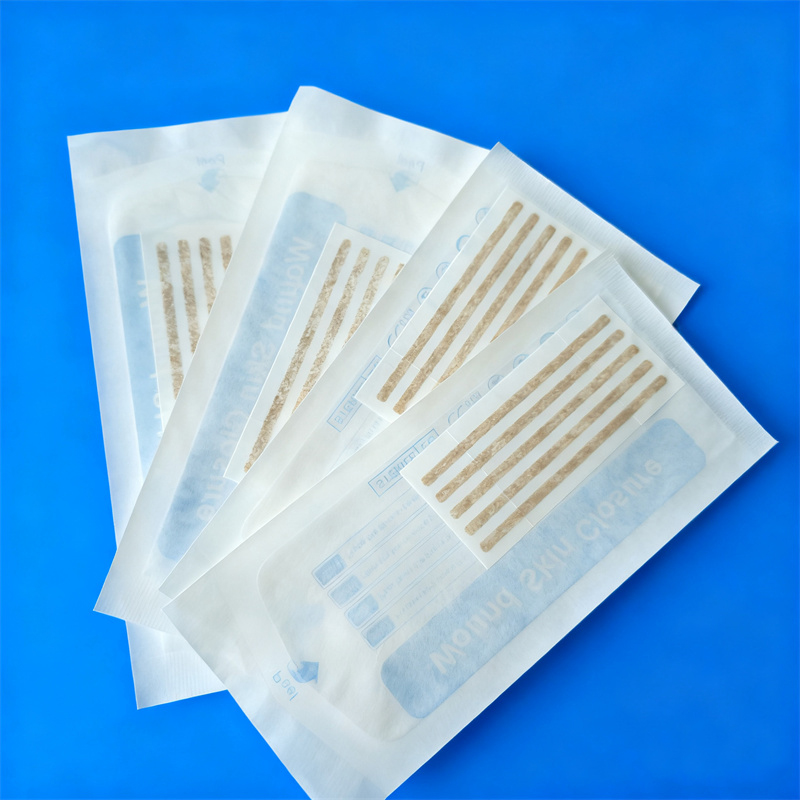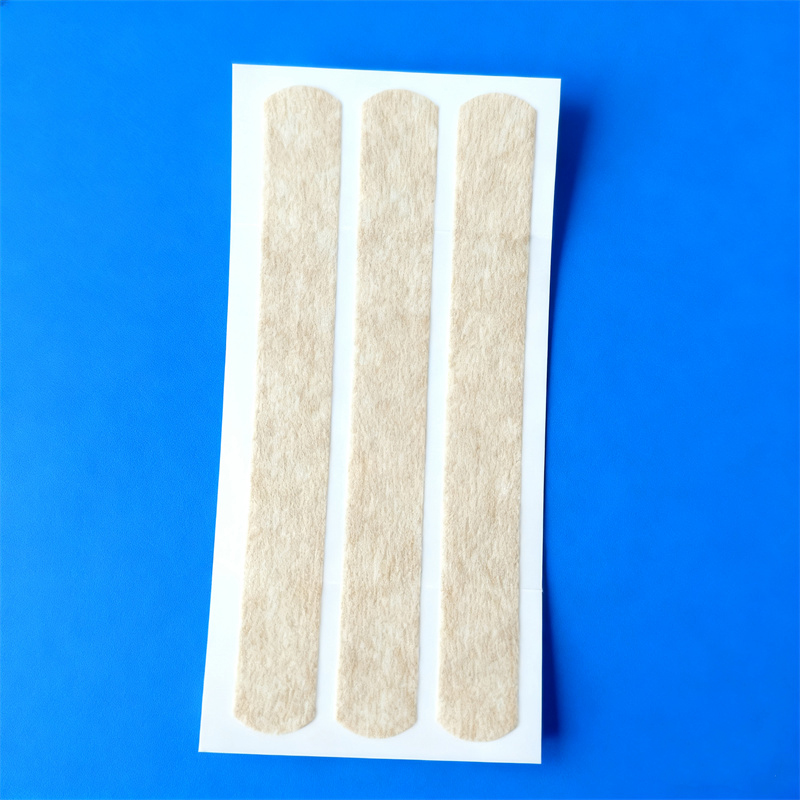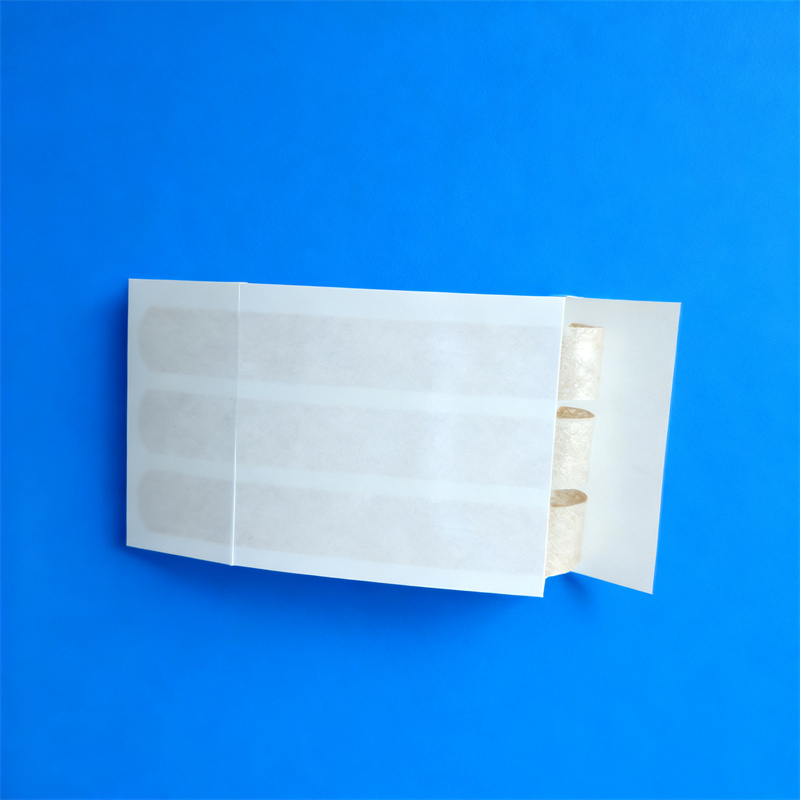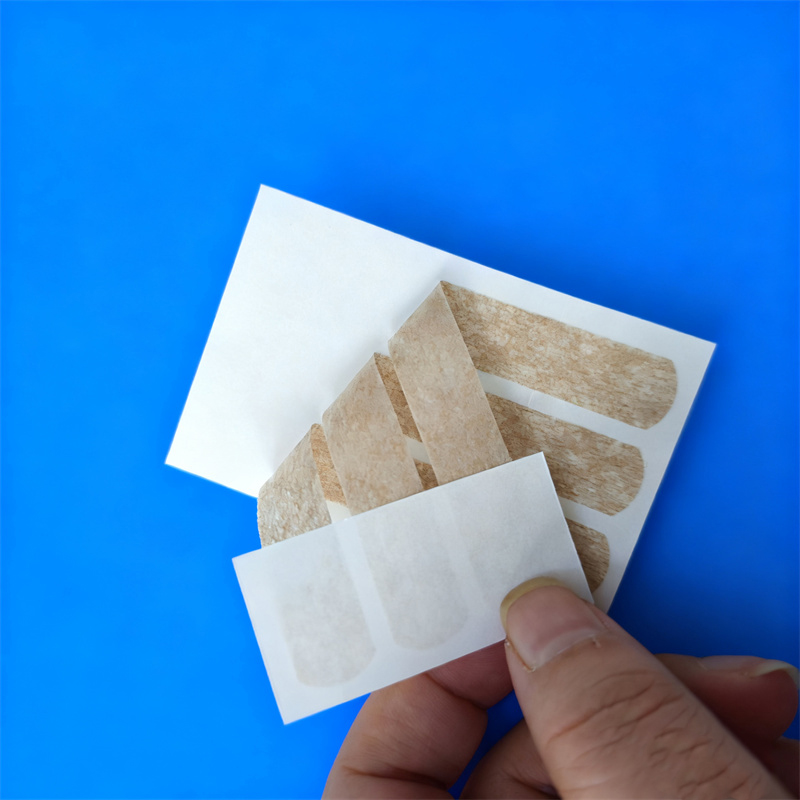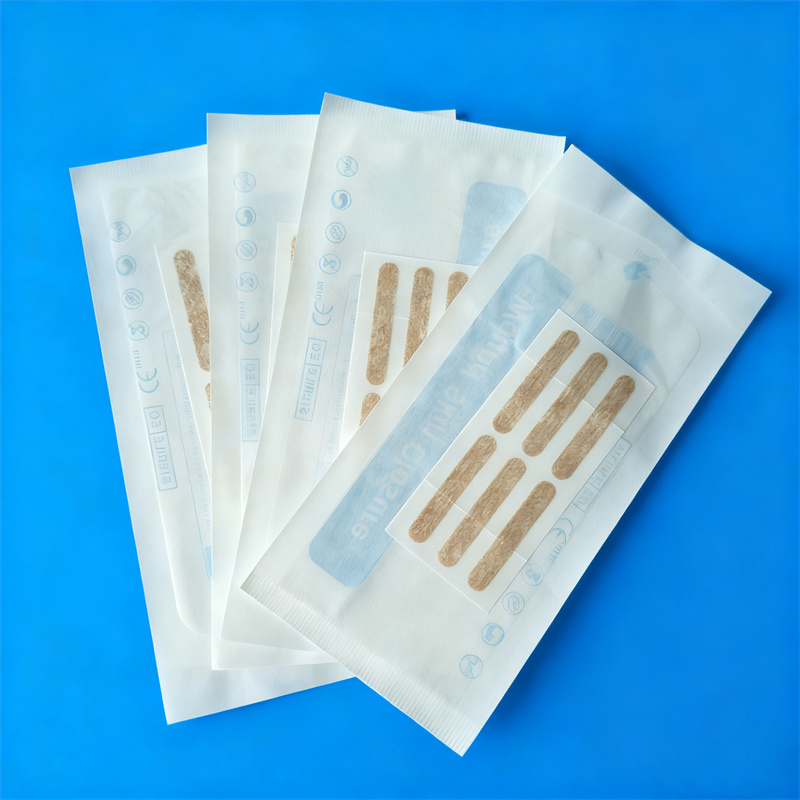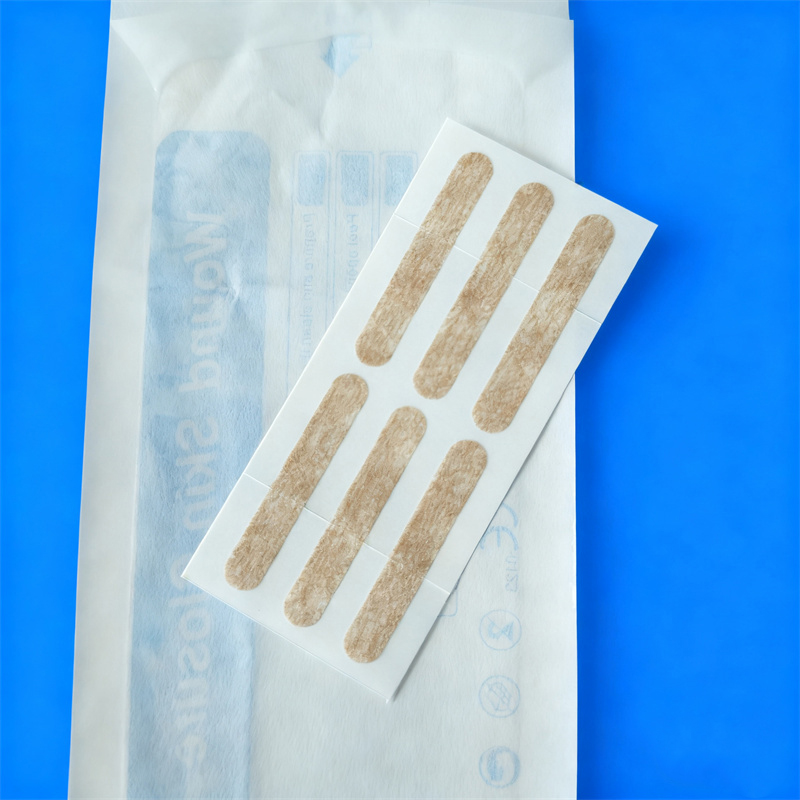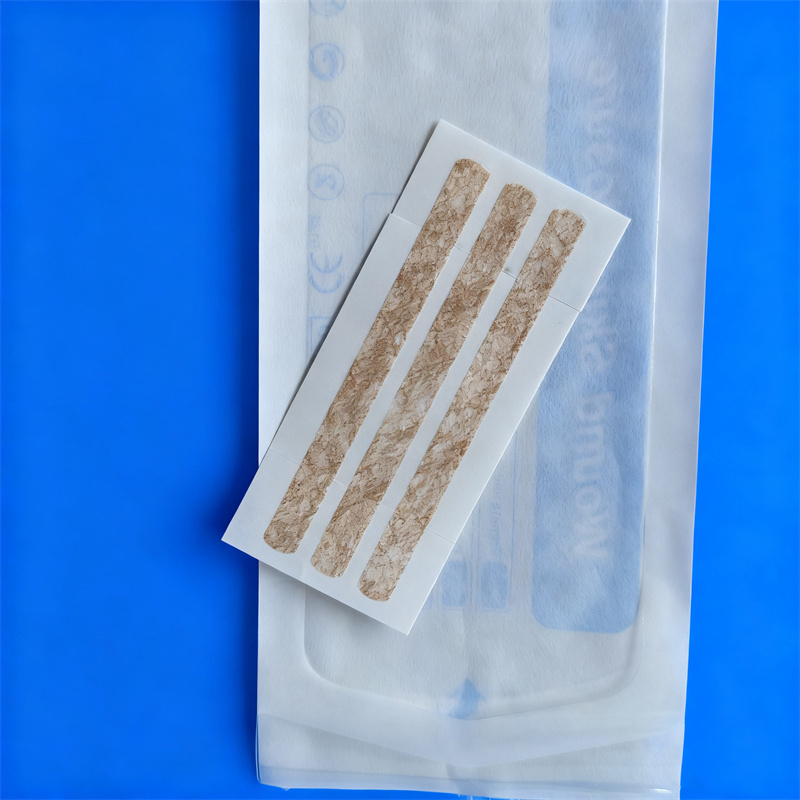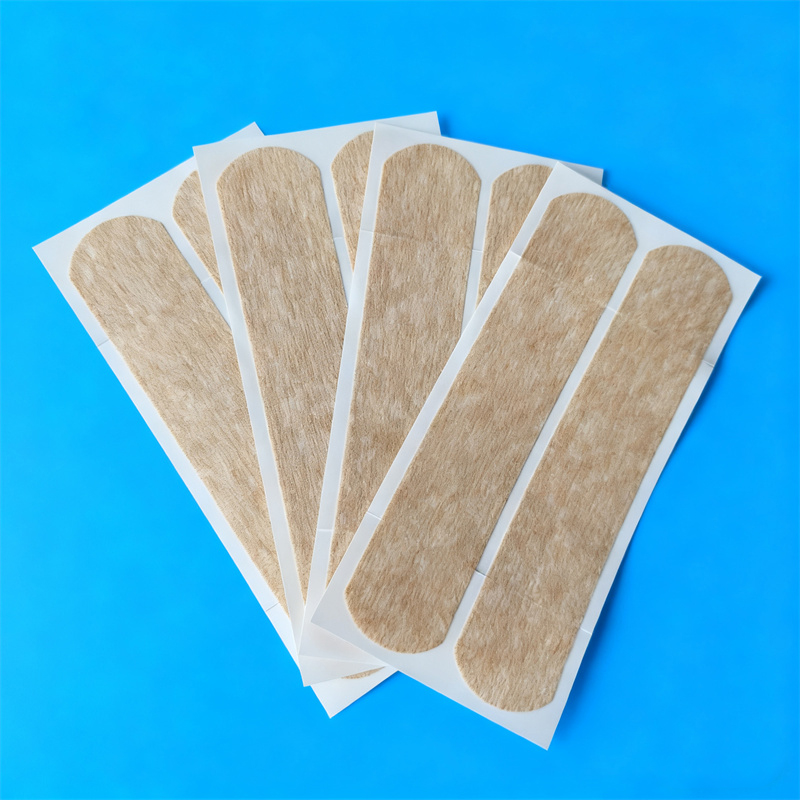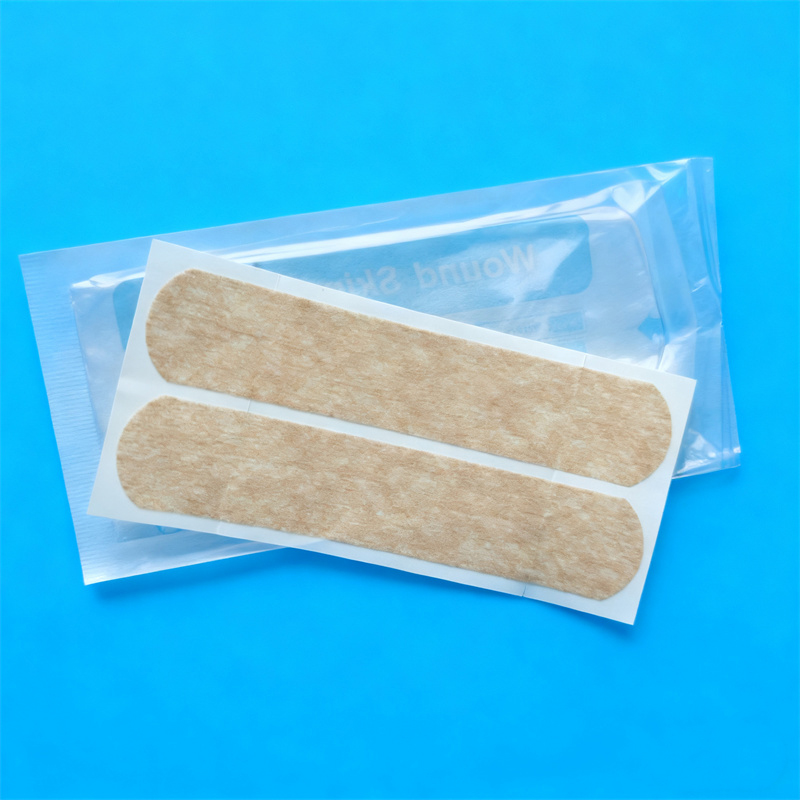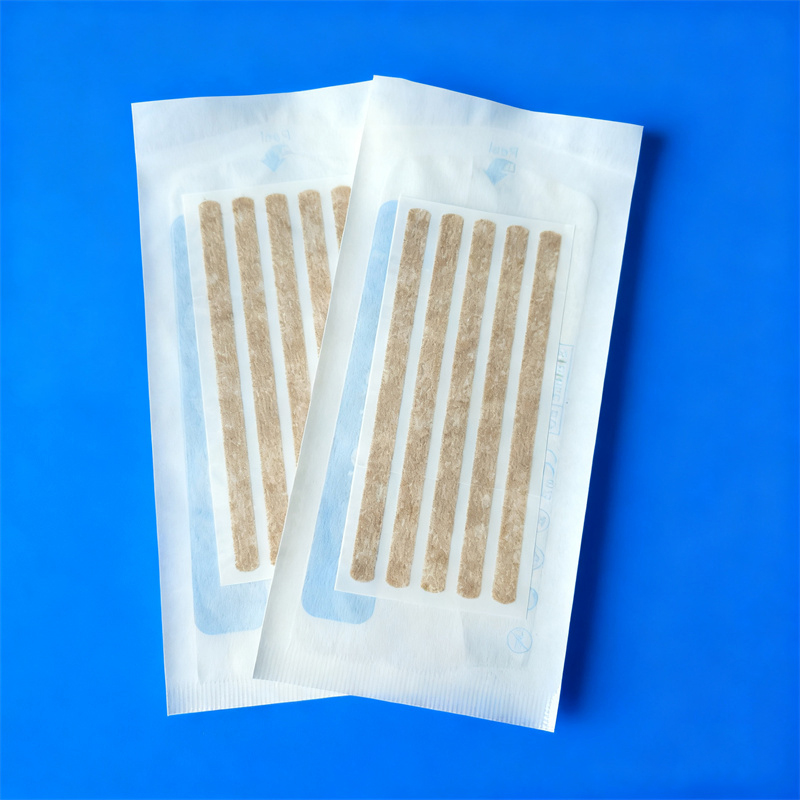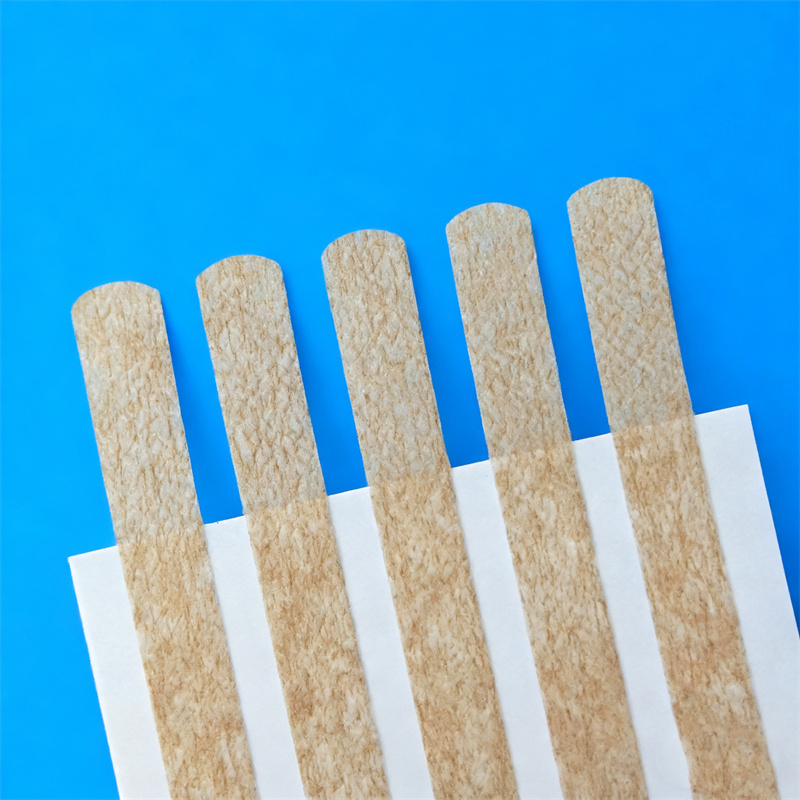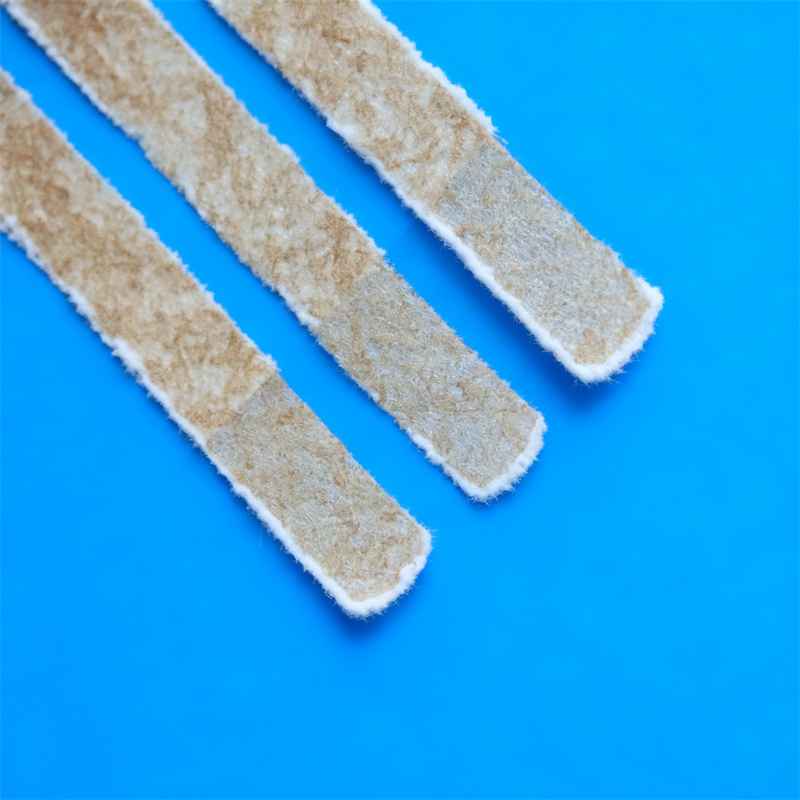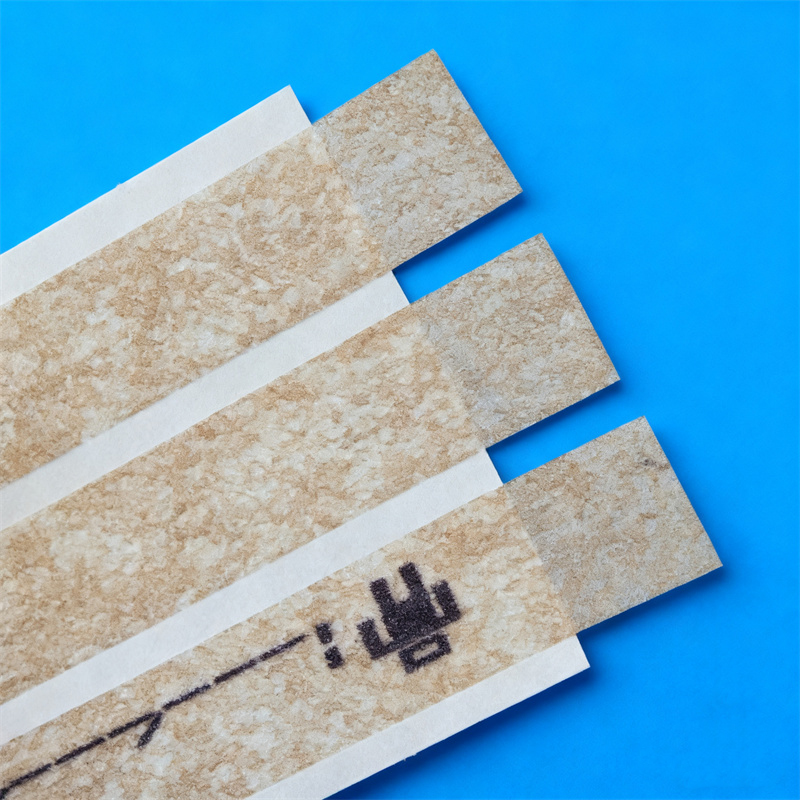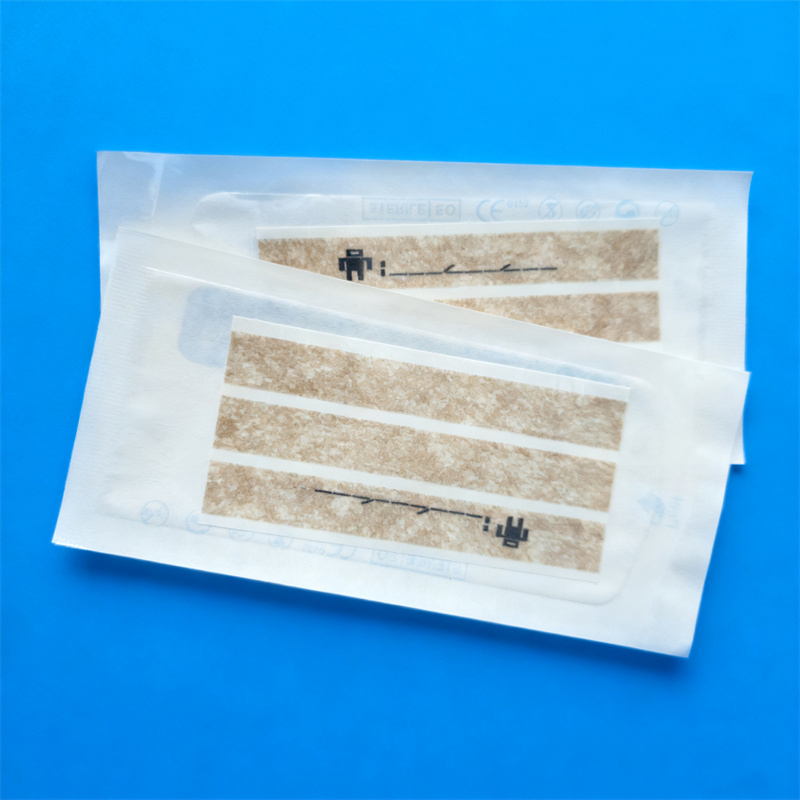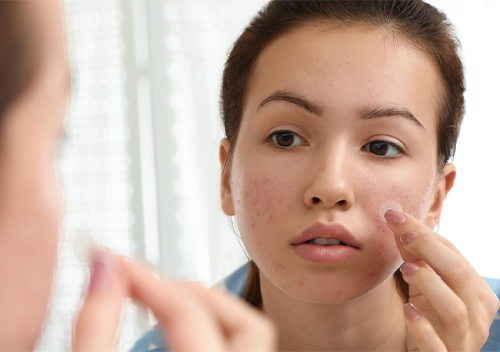What is medical tape and what is its main function in the medical field?
Medical tape is a type of tape designed for medical care and is widely used in wound care, postoperative recovery, and fixing various medical devices. It is usually composed of materials with good breathability and efficient adhesives to ensure the best effect in different medical scenarios. The adhesion of medical tape is moderate, which can provide sufficient fixing force while avoiding damage to the skin, especially when it is torn off, it will not tear the skin or cause excessive irritation to the wound surface.
Its main function is to help fix various medical devices, such as bandages, dressings, catheters and urinary catheters, to ensure that these medical devices or dressings will not shift or fall off during treatment. Medical tape can also effectively keep the wound area dry and avoid the entry of external contaminants, thereby reducing the risk of infection. Especially in wound care, the breathability of the tape is very important. It can maintain a moist environment for the wound, promote healing, and effectively prevent bacterial growth.
Compared with ordinary tape, the adhesive of medical tape is usually more biocompatible, does not cause allergic reactions or irritation to the skin, and can be torn off quickly and easily, making it an ideal choice for treating various traumas and postoperative care. For medical devices or dressings that need to be attached to the skin for a long time, medical tape can ensure a secure fixation and reduce secondary wound damage caused by loosening.
Medical tape is widely used in clinical practice, especially in the postoperative recovery period, which can help patients fix the dressings on the surgical wound to ensure wound cleaning and healing. At the same time, it is also used in long-term care, such as fixing gastric tubes, catheters, intravenous tubes and other equipment to ensure the stability and safety of the equipment during use. In general, medical tape is not only an indispensable tool in the medical care process, but its design must also ensure safety, comfort and efficiency.
What are the common types of medical tapes, and what application scenarios are suitable for each type?
Medical tapes are widely used in different medical scenarios according to different materials, adhesion, breathability and functional requirements. Here are several common types of medical tapes and their applicable scenarios:
Paper medical tape: Paper medical tape is widely used in the treatment of mild trauma due to its soft and breathable characteristics. It is suitable for fixing epidermal abrasions, minor incisions, or other wounds that do not require long-term fixation. This type of tape usually has moderate adhesion and does not cause too much pressure on the skin. It is suitable for those scenarios where the wound is simply covered and protected. Paper medical tape has good breathability, which helps to keep the wound dry and reduce the risk of infection. It is very suitable for temporary fixation of minor trauma, such as abrasions, scrapes, etc.
Cloth medical tape: Cloth medical tape has stronger adhesion and durability than paper tape. It is often used to fix larger trauma or wounds that require long-term fixation, such as fixing bandages, bandaging, etc. This tape usually has good flexibility and can remain adhered as the skin bends and stretches, making it very suitable for areas with more activity (such as around joints). It also has a certain degree of breathability, so that the wound can still maintain proper ventilation during the long-term bandaging process, thereby reducing the adverse reactions caused by moisture retention. The strong adhesion of cloth tape makes it an ideal choice for the treatment of moderate to large areas of trauma.
Polyvinyl chloride tape: Polyvinyl chloride tape has higher water resistance and durability, and is particularly suitable for postoperative wound care or wound treatment in a humid environment. Due to the water tightness of PVC tape, it can effectively protect the wound from the invasion of water, bacteria and other contaminants, and is very suitable for use in water environments such as showering and swimming. PVC tape is also commonly used to treat trauma or postoperative wounds that require long-term bandaging, which can better keep the wound dry and reduce the risk of infection. Its durability makes this tape not easy to fall off or lose its stickiness during long-term use, and it is suitable for more special care scenarios.
Non-woven medical tape: Non-woven medical tape is generally more comfortable and breathable, and is suitable for sensitive skin or postoperative wounds. It is softer than paper and cloth tapes, and is less irritating to the skin when used. It is very suitable for patients with fragile skin, especially on wounds covering large areas. Non-woven tape has good air permeability, which can ensure that the skin breathes, thereby avoiding skin damage or inflammation when attached for a long time. It is widely used in postoperative wounds, sensitive skin care, and skin disease patients. Care and other occasions that require gentle fixation.
Why is the breathability of medical tape so important? How does it affect wound healing?
The breathability of medical tape has a profound impact on wound healing and ensures the smooth progress of the wound healing process. Good breathability not only helps to provide necessary oxygen, but also avoids excessive moisture and bacterial infection, which is crucial for wound repair.
Promote wound oxygen supply and help cell regeneration: Wound healing is a complex process involving multiple stages, such as inflammatory response, cell proliferation, tissue repair, etc. This process requires the participation of oxygen, especially in the cell regeneration stage. Medical tapes with good breathability allow oxygen in the air to enter the wound area, thereby providing cells with necessary energy and promoting their proliferation and repair. Oxygen is a key element in new cell formation, collagen synthesis and wound healing. Without adequate oxygen supply, wounds may heal slowly or develop complications.
Maintain a moist environment to avoid cracking and scabbing: Modern wound care emphasizes the importance of a moist environment for accelerated healing. A moist environment can reduce cracking, scabbing and pain in wounds, allowing the skin to heal faster. Breathable tapes can effectively regulate the moisture level in the wound area, maintain a moderately moist environment, and avoid excessive moisture accumulation. This not only promotes the repair of the skin on the wound surface, but also prevents skin softening caused by excessive moisture retention, that is, the skin becomes soft due to excessive moisture and is easily injured.
Reduce bacterial growth and reduce the risk of infection: When the wound is exposed to the external environment, bacteria can easily enter the wound through air, moisture, etc., causing infection. Good breathability can prevent excessive moisture accumulation, which helps prevent bacteria and germs from growing on the wound surface. A moist environment without proper ventilation may cause the skin around the wound to soften, thereby increasing the risk of bacterial invasion. By ensuring that the tape is breathable, medical tape can effectively reduce the chance of bacterial growth and infection, ensuring smooth wound healing.
Avoid skin softening and excessive friction: During the wound healing process, if the tape is not breathable, moisture in the wound area will be retained for a long time, which can easily lead to skin softening (maceration). After the skin softens, the skin surface of the wound site will become fragile and easily damaged by external stimuli and friction, increasing the chance of infection. Medical tape with good breathability helps to maintain proper moisture in the wound area, avoids skin softening due to long-term wrapping, and reduces the risk of discomfort and further damage to the wound.
Ensure comfort: An important role of breathability is to improve patient comfort. An overly closed wound environment can cause moisture accumulation, which may cause discomfort such as tingling or itching, affecting the patient's treatment experience. Medical tape with good breathability can alleviate these discomforts and make wound treatment more comfortable. During long-term treatment, especially when continuous bandaging is required, tape with good breathability can better meet the needs of patients and avoid discomfort caused by excessive adhesion.




